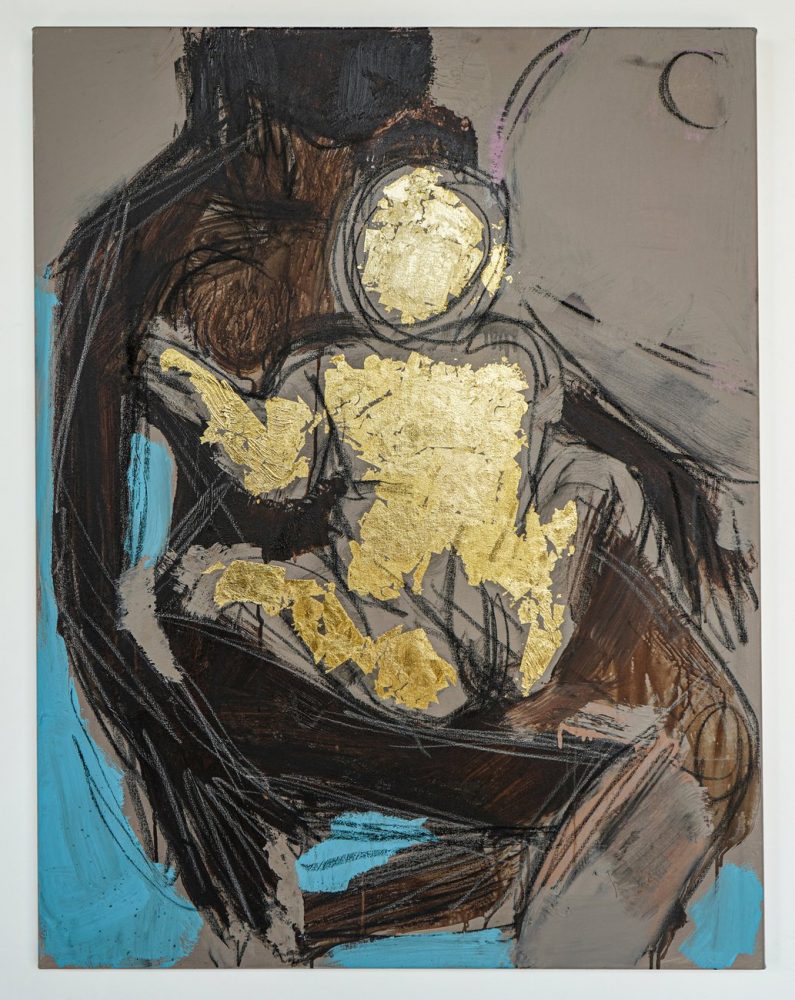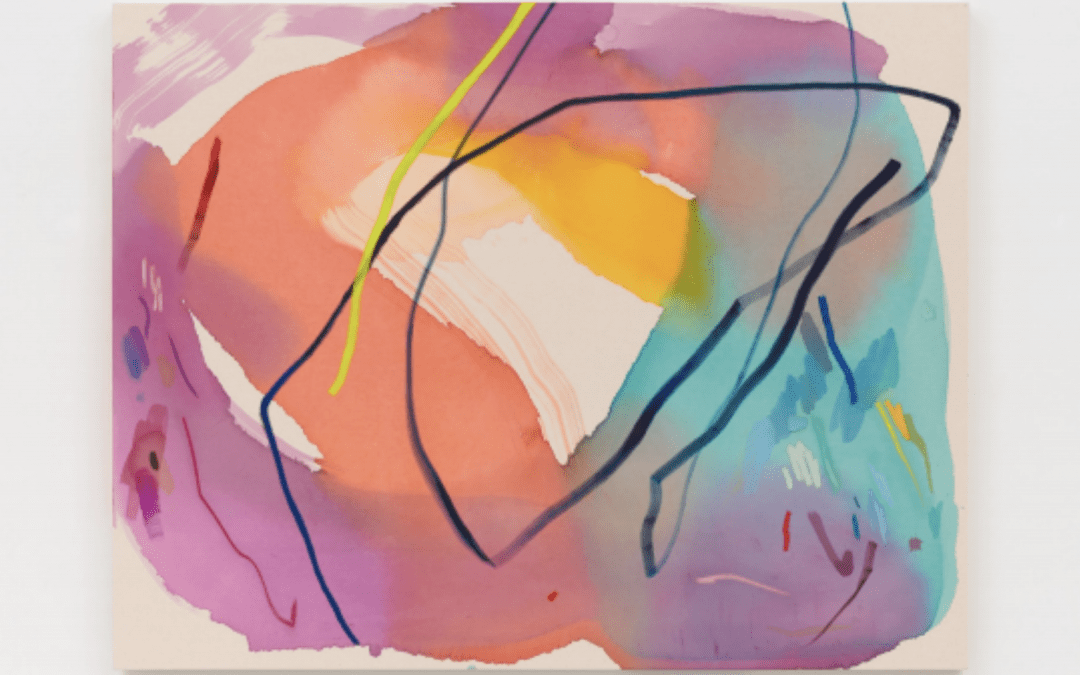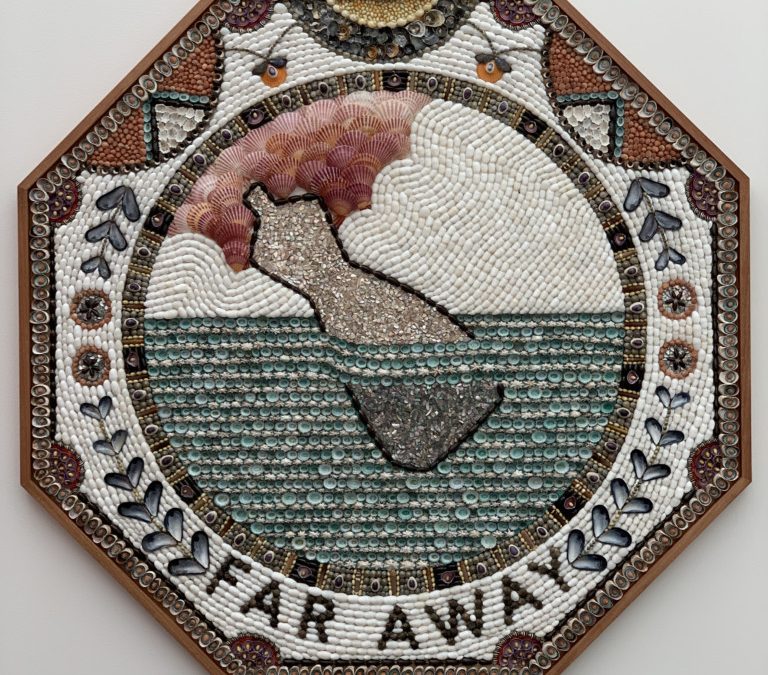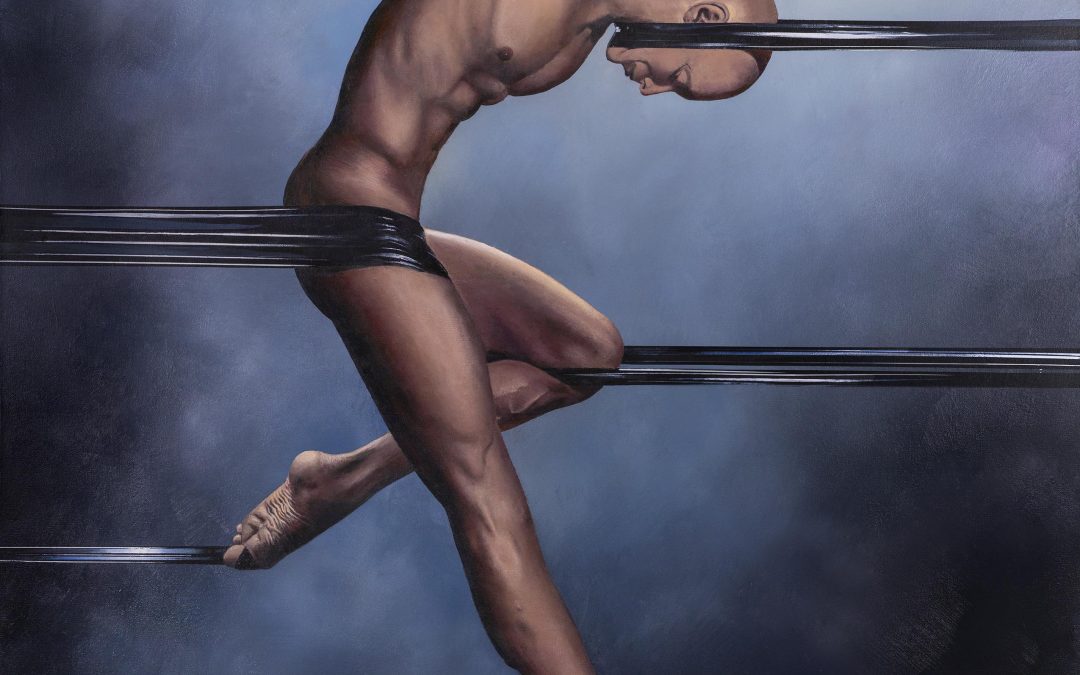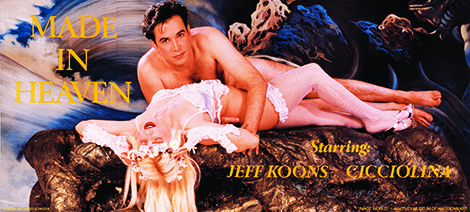I’ve always had a deep love for art that dripped with symbolism. Art that encodes stories within their frame or form, all while being aesthetically appealing, draws you into a dialogue with the artist and your fellow viewer. It’s a bit like an inside joke; if you...
